
75 percent of users admit to making judgments about a company’s credibility based on their website’s design. – Stanford University
Increasing revenue is a big goal for businesses of any size. A survey, State of Small Business Report, of 1,100 small businesses found the top strategy for achieving this goal was improving customer experience. None of the respondents surveyed by Wasp Barcode explicitly mentioned optimizing their small business website — but they should have.
With 94% of B2B buyers doing their own research online before making purchasing decisions, the small business website is often where prospects gain a first impression of a company. The web allows small businesses to compete with much larger rivals — and win.
A well-designed, current and relevant website can effectively:
Email, a company website, and social media were the top three marketing tools used by small businesses in the Wasp Barcode survey at 54%, 51%, and 48% respectively. Typically social media and email help drive the prospect to the website. So, why then, are so many small businesses taking a “set and sit” approach to web development?
What does "set and sit" mean? This is when a business invests great time and effort upfront in developing the new website. Then, once the site is launched — huzzah! — they move on to something else. The website becomes a task checked off the to do list and is largely ignored for the months (if not, gulp, years) that follow.
Use Your Website Well
With business websites used to inform visitors about the company’s goods and services, put prospects in touch with sales or customer service, enable the purchase goods or services, and allow visitors to apply for jobs, this online marketing tool can be doing a lot of good work for the company.
Yet only 51% of Wasp Barcode’s small business websites have the company’s location, phone number and email addresses on them! That’s an obvious “oops.” Let’s consider some other aspects of website design and functionality a small business might address in improving their web presence.
Design choices
A clean, crisp site that is simple to navigate is going to convert more prospects into buyers. A modern website focuses on accessibility and legibility over flashy design quirks.
For instance, sliders are widely used by businesses of all kinds. Yet they don’t work effectively. Why not?
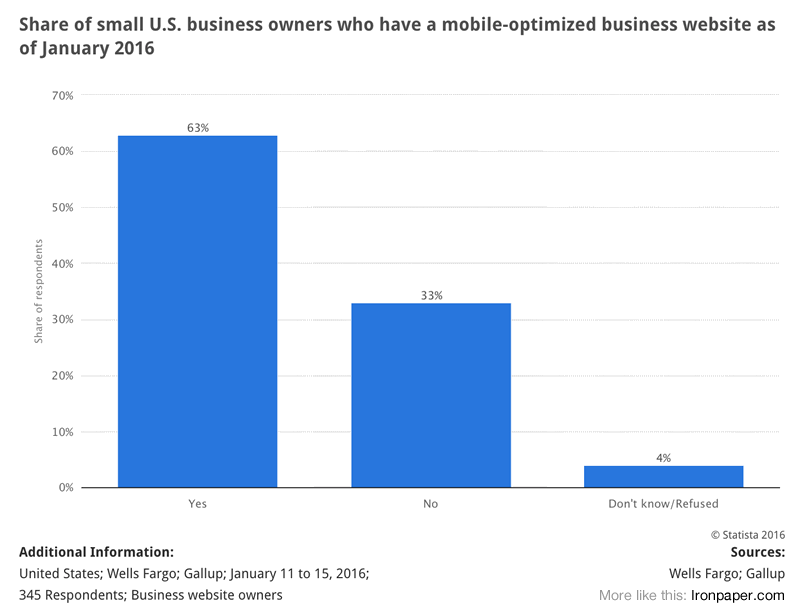
As of Janurary 2016, as high as 33% of small businesses still do not have a mobile friendly website. This is a huge missed opportunity for many small businesses.
Related reading: 10 Trends in Web Design Today
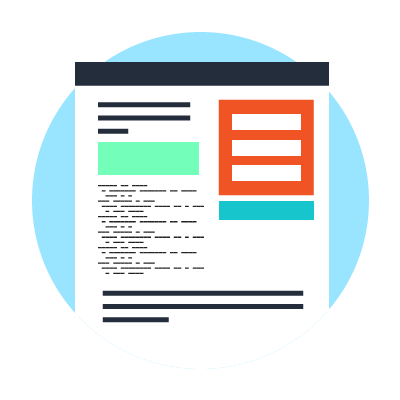 Mobile users
Mobile users
As mentioned in the context of banners, being mobile friendly is important. It’s estimated 57% of users are now “multi-screening” or accessing sites on both their desktop and mobile devices today. Load time is important; use Google Webmaster Tools’ handy web page speed test to give you a detailed analysis. Website design should adapt to accommodate a variety of devices. This provides optimal user experience and is more efficient for Google (thus helping SEO).
Below, a report on mobile ready and responsive websites by business category:
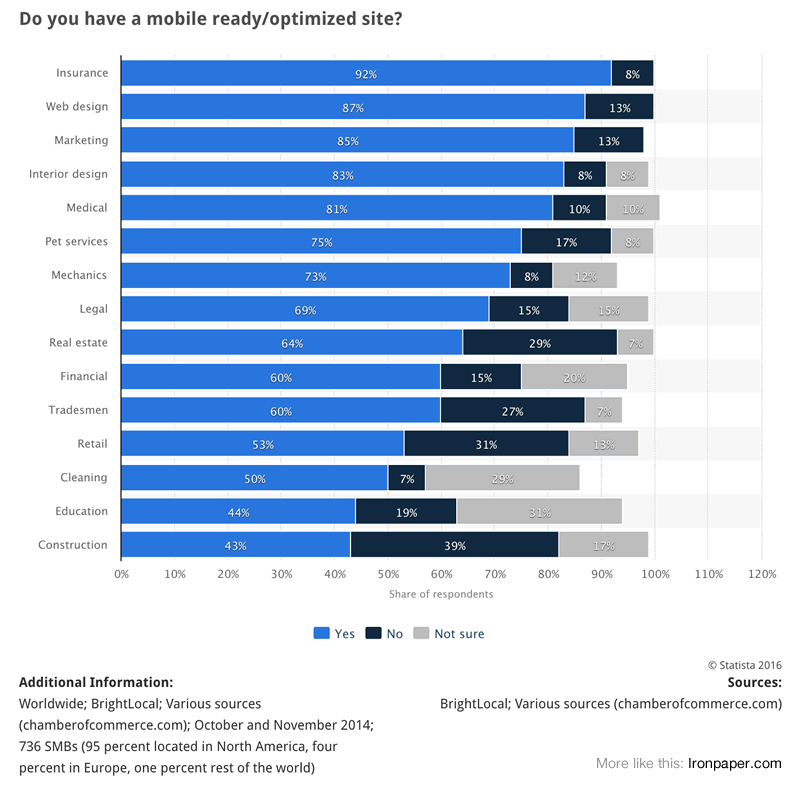
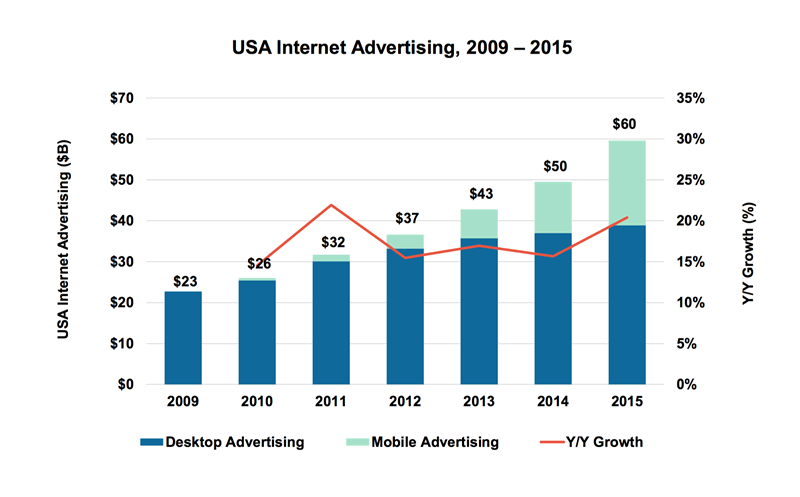
Above: Source: 2015 IAB / PWC Internet Advertising Report.
Related reading: The Importance of a Mobile Responsive Website.

Lead acquisition
Does the website employ relevant lead acquisition forms, chat dialogue tools and click-to-call functionality with tracking? Are these tools set up to be useful in capturing leads? Forms should not be confusing or overly cluttered. Also, it is important that forms have visual appeal to make the process of entering (or sharing) information more graceful and easier. Don't forget to ask the right questions to help qualify leads and quarantine spam submissions.
Advance attention to web form design and development can pay off in better lead scoring, which can help generate better sales opportunities.A common problem for small businesses is their inability to track and manage leads after their inquiry. There should be a lead management system to help track the progress and communications with acquired leads. Examples of great tools for lead management are Hubspot & Hubspot's CRM, Marketo, Pardot, Highrise, Salesforce, but there are many products that occupy this space.
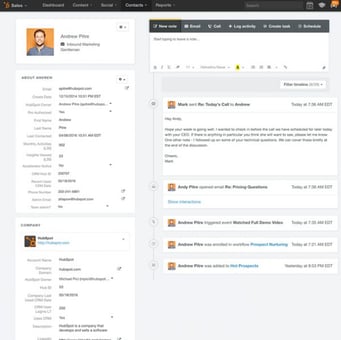
Related reading: How to generate leads without cold calling
Encourage action
The website should contain clear and persistent calls-to-action that guide users to an offer or data capture form. Design website calls-to-action so you can make edits to the language and placement of the buttons within the website. Install tracking code to measure the engagement with calls-to-action in order to measure their effectiveness.

Related reading: How Do I Improve My Website’s Conversion Rate?
In auditing a small business website to identify small and large improvements consider also the need to establish trust. The website can help nurture relationships with prospects, but only if the user feels the site is secure and the information provided is credible and authoritative. Use compelling language to tell customers exactly what the small business offers and how it does this in a special, unique and better way than the competition.
This is when the small business website will begin to do its best work — just remember not to rest on your laurels. Test and test some more. Then tweak and tweak some more. A best-in-class website will be an iterative one. Keep the setting and sitting for you on your next trip to the beach.
https://www.ironpaper.com/articles/does-design-matter-for-lead-generation/
Sources:
Wasp Barcode Technologies. (2016). State of Small Business Report. https://www.waspbarcode.com/small-business-report
2015 IAB / PWC Internet Advertising Report.
Standard University. https://credibility.stanford.edu/guidelines/
by Jonathan Franchell, CEO of Ironpaper - For more tips and hacks: Need to remove a new line after h1 tags? Both web designers and SEO practitioners need to employ headline tags: H1, H2, H3 in several ways to improve web page structure and tag...

The Crowded Arena of the IT Marketplace Updated December 2024 The Information Technology (IT) landscape is experiencing rapid growth and intensifying competition. IT spending is projected to reach nearly 5.1 trillion U.S. dollars in 2024, a...

The marketing industry is transforming significantly due to generative AI and increasing market complexity. Gartner's prediction of a 25% decline in traditional search traffic suggests that the era of search engines is dying. AI tools, particularly...

Updated December, 2024 The field of digital marketing is evolving rapidly in response to new technology and changing buyer expectations. To help career-minded marketers, we’ve rounded up the top 10 skills needed to succeed in the field. These are...
